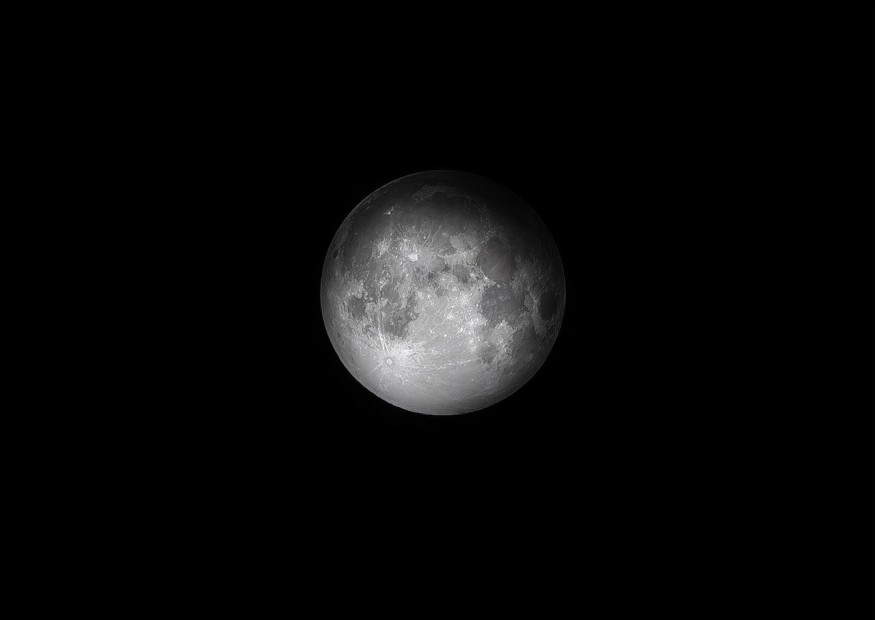
Through new analysis, experts have discovered that certain lunar areas are much older than thought. The analysis finds that several craters that account for the famous "man in the moon" predate land formation by as many as hundreds of millions of years.
How Old Is the Moon and the iconic 'Man in the Moon'?
Live Science reports that the moon is slightly more than 4.5 billion years old. The satellite came to be after a huge planetary object or asteroid hit the early Earth. This, in turn, led to rock chunks and dust being thrown into orbit.
However, experts have faced challenges with knowing the lunar surface's age due to how different methods yield different results.
Crater counting, one method of lunar date analysis, covers tallying lunar surface impacts and gauging the period it would take for all these scars to be accrued. Live Science explains that the moon lacks plate tectonics and erosion that is capable of erasing Earth's craters. As such, the lunar surface stays relatively the same as millennia pass.
However, the conflict lies in how crater counting does not consistently match with the dating results that are generated from scientific studies of the moon samples retrieved during Apollo missions.
Researchers have now been able to correlate such results from the samples with their specific collection sites. This led to the effective correction of the faults in the two methods of dating analysis.
ALSO READ : Prehistoric Waters from Moon's Volcanic Eruptions Still Frozen Under Lunar Surface, Research Suggests
'Man in the Moon' Could Be 200 Million Years Older Than Thought
Earth.com adds that professor Stephani Werner, a study researcher and geologist from the Centre for Planetary Habitability at the University of Oslo, explains that what they did was to demonstrate that huge portions of the lunar surface are roughly 200 million years older than thought. The professor adds that examining signs of lunar impact reveals what the Earth would be like if geological plate tectonics did not churn.
As part of the analysis, the scientists looked into lunar samples taken during the Chang'e, Luna, and Apollo missions. They then tallied the craters in the collection areas in order for the ages to be properly correlated. After this, they then generalized the data throughout the moon's surface in order to come up with improved aged estimates.
Interestingly, one area that was found to be significantly older than thought was the Mare Imbrium crater, Interesting Engineering reports. As such, it was discovered to be 4.1 billion years old as opposed to previous estimations of 3.9 billion years.
The novel system of dating shows that there was a time of strong bombardment from space prior to the shaping of volcanic activity into the distinctive characteristics of the Moon.
It is important, however, to know that such age adjustments only affect the lunar surface age and not the Moon's full age. Nevertheless, the findings have wider implications that could help with the further understanding of the solar system's early history.
The study was presented by the authors during the Goldschmidt geochemistry conference held in France. It has also been accepted to be published in the Planetary Science Journal.
RELATED ARTICLE : Lunar Surface Radiation Measurements Show Moon Is Safe for Long-Term Human Exploration
Check out more news and information on Space in Science Times.












